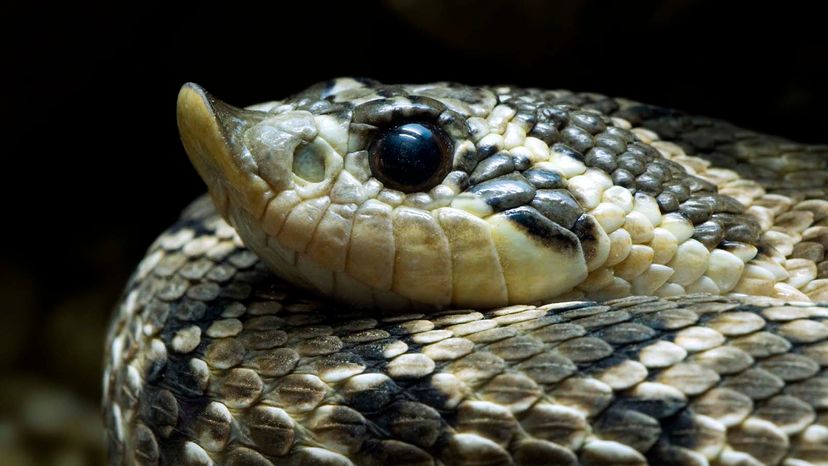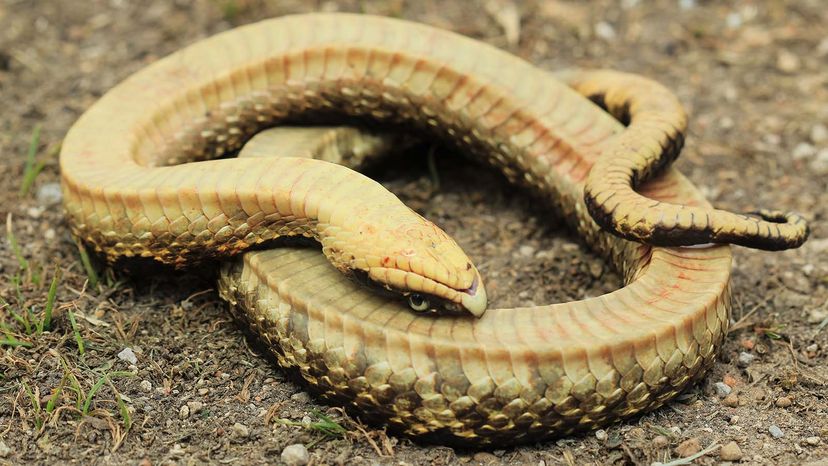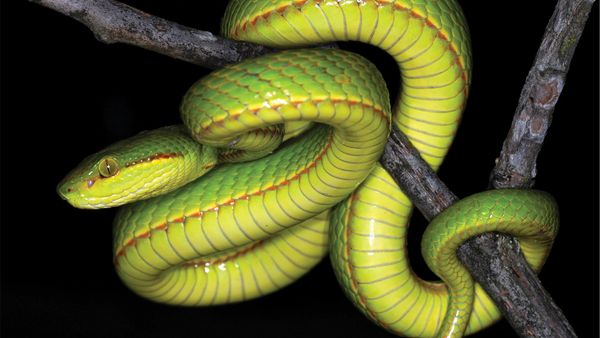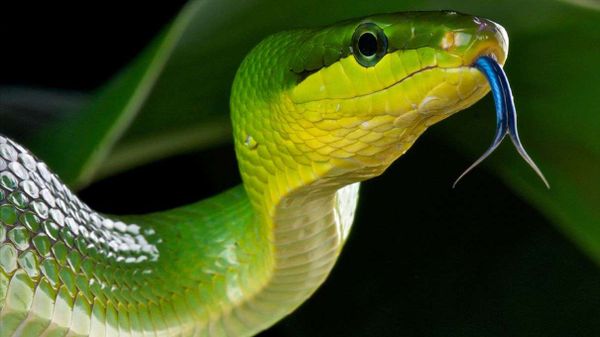
It happens less often than you might think, but when Virginia opossums (Didelphis virginiana) get seriously frightened, they sometimes react by feigning death. Such dramatics are not limited to mammals.
Thanatosis is the animalistic art of playing dead. Much of the time, it's a last-ditch effort to stay alive. Creatures who use this strategy tend to be small and slow-moving. Against a bigger, faster predator, the typical "fight or flight" response doesn't always work. The good news is, predators might not touch an otherwise easy meal if it goes into thanatosis.
Advertisement
Every class of vertebrate animals includes a few species here and there who confuse their attackers by pretending to expire.
Turns out you don't need feet to convince someone you've kicked the bucket. Enter, stage left, a few of the best reptilian actors you'll ever meet: the hognose snakes of North America.
Advertisement



